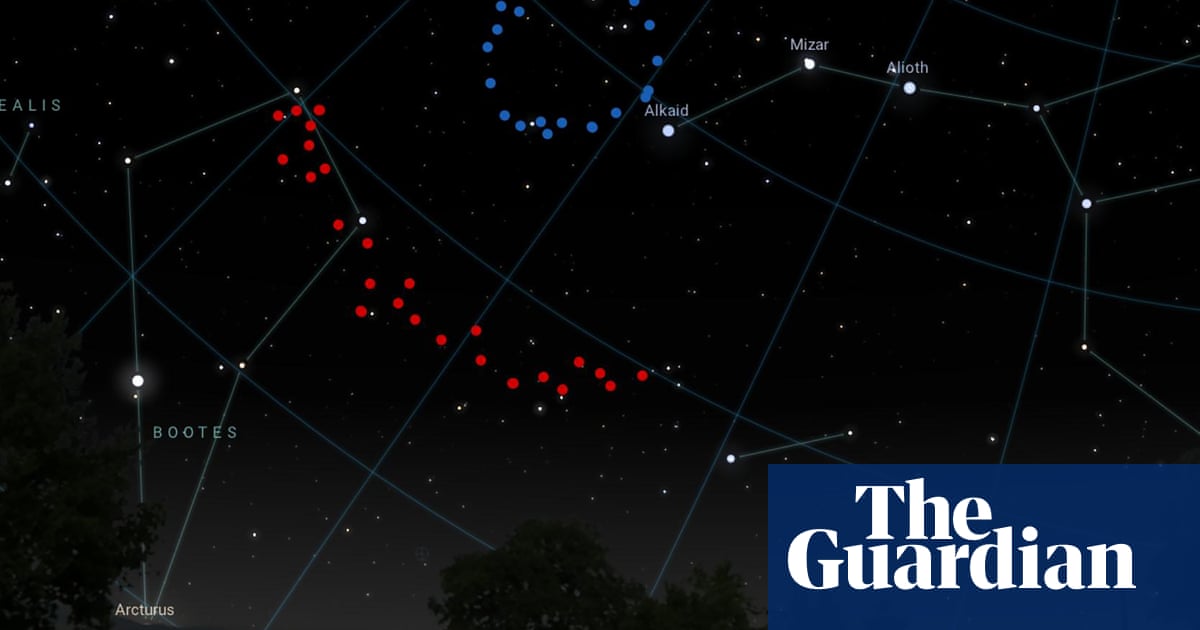A 1.3bn light year-sized ring discovered by PhD student in Lancashire appears to defy the cosmological principle assumption
Astronomers have discovered a ring-shaped cosmic megastructure, the proportions of which challenge existing theories of the universe.
The so-called Big Ring has a diameter of about 1.3bn light years, making it among the largest structures ever observed. At more than 9bn light years from Earth, it is too faint to see directly, but its diameter on the night sky would be equivalent to 15 full moons.
The observations, presented on Thursday at the 243rd meeting of the American Astronomical Society in New Orleans, are significant because the size of the Big Ring appears to defy a fundamental assumption in cosmology called the cosmological principle. This states that above a certain spatial scale, the universe is homogeneous and looks identical in every direction.



I find this line really funny. Anyone familiar with cosmology knows that most cosmologists agree that our current models are lacking. After all, that’s what dark matter and dark energy are, unknown variables in the current cosmological model. It seems odd to me then that they’re acting as though they’re a minority when most cosmologists agree, it’s just that the current model is the best one we have, so if you don’t want it “swept under the rug” then don’t just prove the old model wrong, make a new model that fits every observation.
On it, give me a few minutes.
It’s been over an hour, are you done yet?
Who knew reconciling QM with GR could be so tricky?
I’m gonna need a little more time.
I’ll keep the meter running, we’re counting on you.
So it turns out the fifth dimension is … gravity.
Weird.
In a way these observations cut more deeply into the foundations of cosmology than dark matter. Indeed, I’d argue that dark matter challenges the standard model of particle physics more than the standard model of cosmology.
These discoveries of large scale structures challenge the assumptions that the universe is homogenous at a large enough scale. This assumption, along with isotropy, are what lead to the FLRW family of metrics describing spacetime at cosmological scales. Dark matter and dark energy only come in to the picture once you try to fit the parameters of the FLRW metrics to our observed universe.